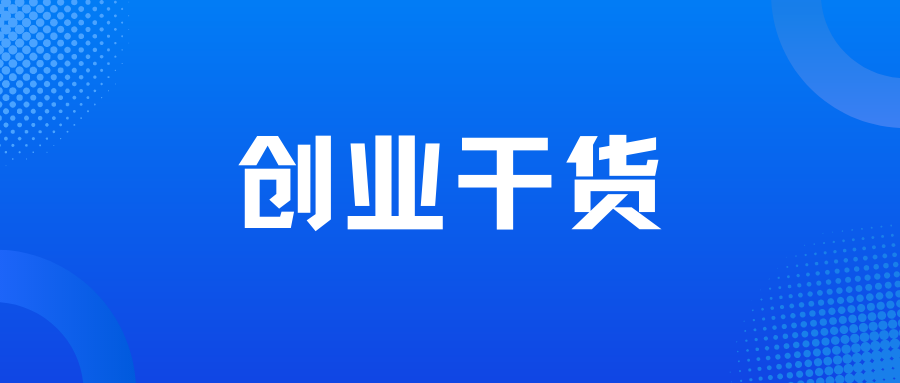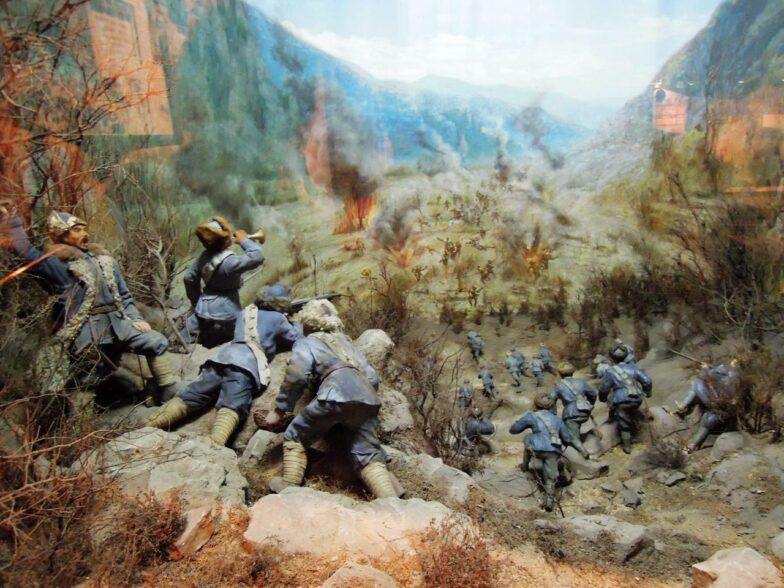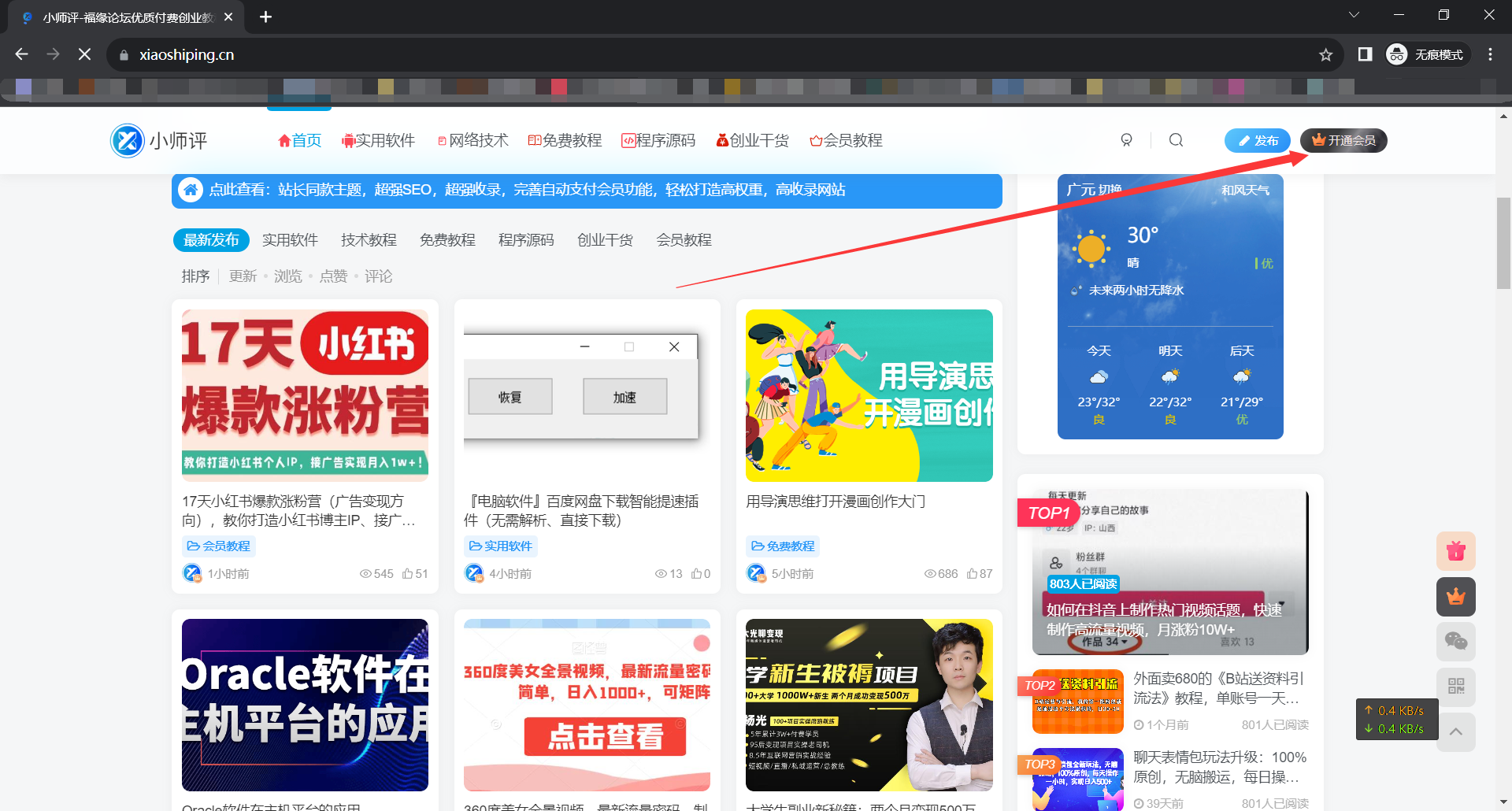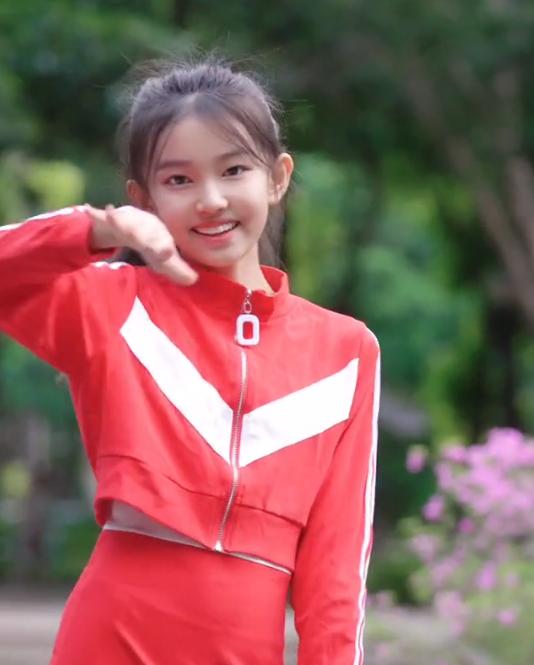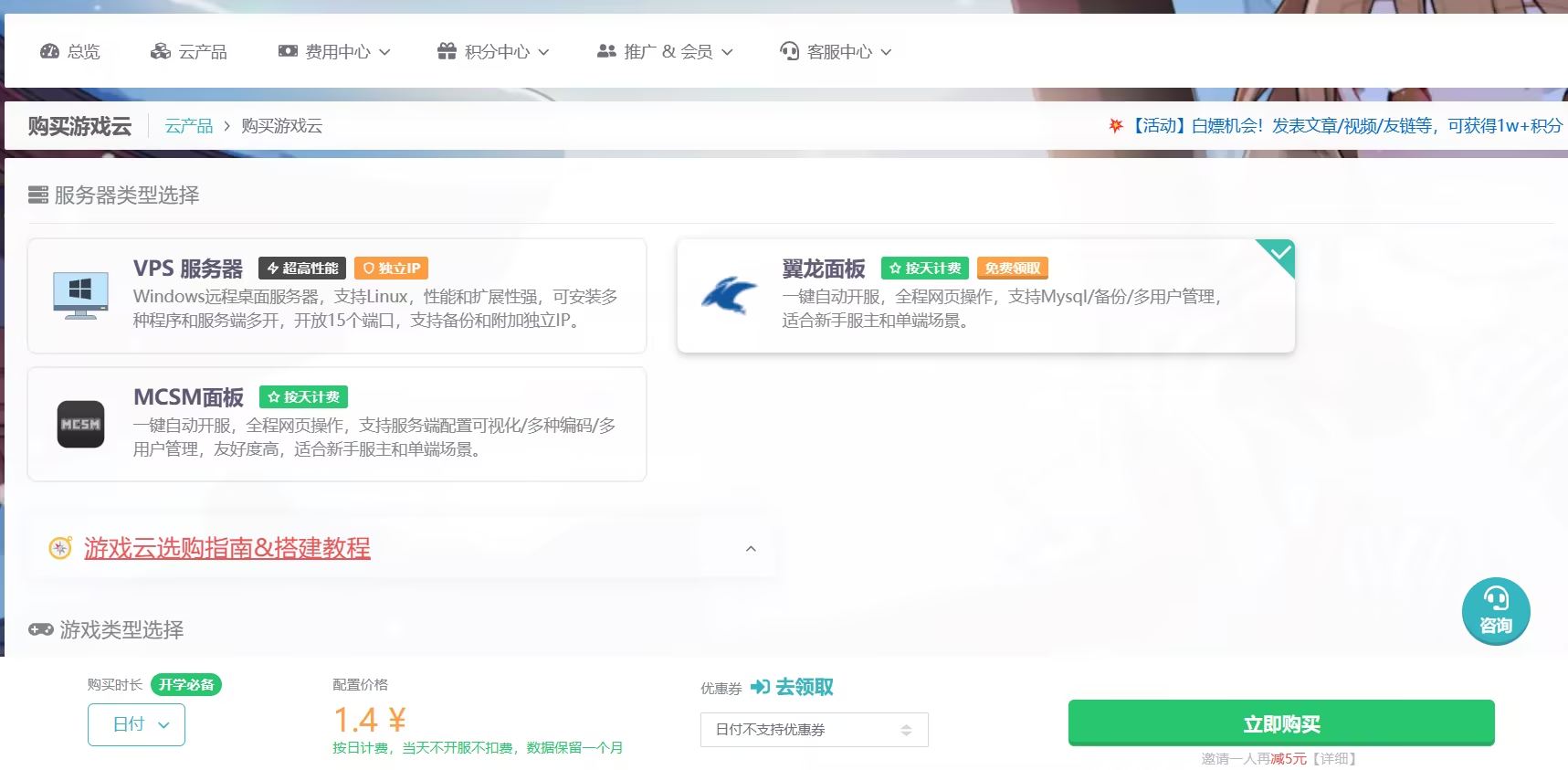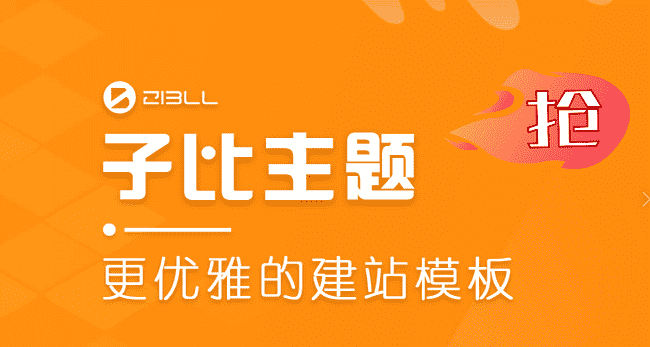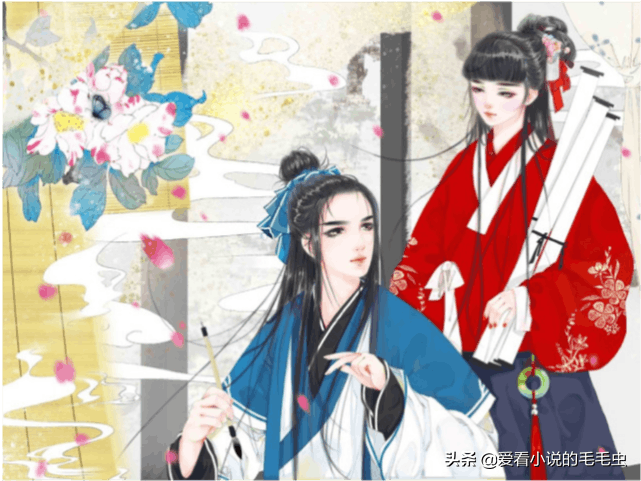创建一个简单的Java GUI项目,我们可以创建一个窗口,包含一个标签、一个按钮和一个文本框。以下是创建这个项目的步骤:
1. 创建新项目:
打开你的Java集成开发环境(如Eclipse或IntelliJ IDEA),选择”New Project”,选择”Java GUI”或者”Swing”项目。
2. 设计界面:
在项目中新建一个`Main.java`文件,添加以下代码:
“`java
import javax.swing.*;
import java.awt.*;
public class Main extends JFrame {
private JLabel titleLabel;
private JButton button;
private JTextField textField;
public Main() {
setTitle(“简单的Java GUI项目”);
setSize(300, 200);
setDefaultCloSEOperation(JFrame.EXIT_ON_CLOSE);
// 创建标签
titleLabel = new JLabel(“欢迎来到Java GUI世界!”);
titleLabel.setBounds(20, 20, 260, 30);
// 创建按钮
button = new JButton(“点击我”);
button.setBounds(20, 70, 100, 30);
button.addActionListener(e -> {
textField.setText(“按钮被点击了!”);
});
// 创建文本框
textField = new JTextField();
textField.setBounds(140, 70, 140, 30);
textField.setEditable(false);
// 将组件添加到窗口
add(titleLabel);
add(button);
add(textField);
setVisible(true);
}
public static void main(String[] args) {
SwingUtilities.invokeLater(Main::new);
}
}
“`
3. 运行项目:
保存`Main.java`文件,然后通过点击”Run”或”Debug”按钮运行项目。你将会看到一个带有标签、按钮和文本框的窗口。
这是一个非常基础的Java GUI项目,你可以根据需要添加更多组件和功能,例如文本输入、图形界面、事件监听等。
JAVA学习:第一个JAVA GUI项目
初学者的第一个Java GUI入门程序
java gui小项目
JLabel imagesJlabel1 = new JLabel(new ImageIcon(“day09\images\” + datas[i][j] + “.png”));
//原理是交换蔬菜摊位可以做什么小生意,datas[x0][y0]=0是固定的,然后把datas[x0+1][y0]赋值给datas[x0][y0]
JLabel backgroundLabel = new JLabel(new ImageIcon(“day09\images\background.png”));
chongZhiButton = new JButton(new ImageIcon(“day09\images\chongzhi.png”));
qiuZhuButton = new JButton(new ImageIcon(“day09\images\qiuzhu.png”));
youButton = new JButton(new ImageIcon(“day09\images\you.png”));
xiaButton = new JButton(new ImageIcon(“day09\images\xia.png”));
zuoButton = new JButton(new ImageIcon(“day09\images\zuo.png”));
shangButton = new JButton(new ImageIcon(“day09\images\shang.png”));
JLabel canZhaoTuLabel = new JLabel(new ImageIcon(“day09\images\canzhaotu.png”));
JLabel imagesJlabel = new JLabel(new ImageIcon(“day09\images\” + datas[i][j] + “.png”));
JLabel titleLabel = new JLabel(new ImageIcon(“day09\images\title.png”));
JLabel imagesJlabel1 = new JLabel(new ImageIcon(“day09\images\” + datas[i][j] + “.png”));
//原理是交换,datas[x0][y0]=0是固定的,然后把datas[x0+1][y0]赋值给datas[x0][y0]
JLabel backgroundLabel = new JLabel(new ImageIcon(“day09\images\background.png”));
chongZhiButton = new JButton(new ImageIcon(“day09\images\chongzhi.png”));
qiuZhuButton = new JButton(new ImageIcon(“day09\images\qiuzhu.png”));
youButton = new JButton(new ImageIcon(“day09\images\you.png”));
xiaButton = new JButton(new ImageIcon(“day09\images\xia.png”));
zuoButton = new JButton(new ImageIcon(“day09\images\zuo.png”));
shangButton = new JButton(new ImageIcon(“day09\images\shang.png”));
JLabel canZhaoTuLabel = new JLabel(new ImageIcon(“day09\images\canzhaotu.png”));
JLabel imagesJlabel = new JLabel(new ImageIcon(“day09\images\” + datas[i][j] + “.png”));
JLabel titleLabel = new JLabel(new ImageIcon(“day09\images\title.png”));
JLabel backgroundLabel = new JLabel(new ImageIcon(“day09\images\background.png”));
chongZhiButton = new JButton(new ImageIcon(“day09\images\chongzhi.png”));
qiuZhuButton = new JButton(new ImageIcon(“day09\images\qiuzhu.png”));
youButton = new JButton(new ImageIcon(“day09\images\you.png”));
xiaButton = new JButton(new ImageIcon(“day09\images\xia.png”));
zuoButton = new JButton(new ImageIcon(“day09\images\zuo.png”));
shangButton = new JButton(new ImageIcon(“day09\images\shang.png”));
JLabel canZhaoTuLabel = new JLabel(new ImageIcon(“day09\images\canzhaotu.png”));
JLabel imagesJlabel = new JLabel(new ImageIcon(“day09\images\” + datas[i][j] + “.png”));
JLabel titleLabel = new JLabel(new ImageIcon(“day09\images\title.png”));
JLabel label = new JLabel(“Hello World”);
现在项目都流行前后端分离的设计理念,但有时候我们需要基于纯Java写一个界面化的小程序,这时可以借助Swing GUI工具包实现。下面我们介绍下,如何基于IntelliJ IDEA2018工具新建一个Swing框架的图形界面小程序。
g.drawOval(r.nextInt(200),r.nextInt(100),60,40);
g.drawRect(r.nextInt(200),r.nextInt(100),40,60);
其实画图的核心就在于使用Graphics画笔在Canvas画布上画出什么颜色、什么样式的图形,所以核心在画笔上,下表中列出了Graphics类中常用的一些方法:
2.在paint方法内部,真正开始画图之前调用Graphics对象的setColor()、setFont()等方法设置画笔的颜色、字体等属性;
程序中绘图也一样,也需要画布,画笔,颜料等等。AWT中提供了Canvas类充当画布,提供了Graphics类来充当画笔,通过调用Graphics对象的setColor()方法可以给画笔设置颜色。
实际生活中如果需要画图,首先我们得准备一张纸,然后在拿一支画笔农村创业100万怎么拿,配和一些颜色,就可以在纸上画出来各种各样的图形,例如圆圈、矩形等等。
一般情况下,update和paint方法是由AWT系统负责调用,如果程序要希望系统重新绘制组件,可以调用repaint方法完成。
在AWT中,真正提供绘图功能的是Graphics对象,那么Component组件和Graphics对象存在什么关系,才能让Component绘制自身图形呢?在Component类中,提供了下列三个方法来完成组件图形的绘制与刷新:
之前我们已经学习过很多组件,例如Button、Frame、Checkbox等等,不同的组件,展示出来的图形都不一样,其实这些组件展示出来的图形,其本质就是用AWT的绘图来完成的。
很多程序如各种小游戏都需要在窗口中绘制各种图形,除此之外,即使在开发JavaEE项目时,有时候也必须”动态”地向客户 端生成各种图形、图表,比如 图形验证码、统计图等,这都需要利用AWT的绘图功能。
Java开发入门:适合新手练手的Java项目(附源码下载)
专题:
农村创业好
农村值创业
农村创业仔

